Home>Gardening & Outdoor>Plant Care & Gardening Tips>How To Fertilize Mums
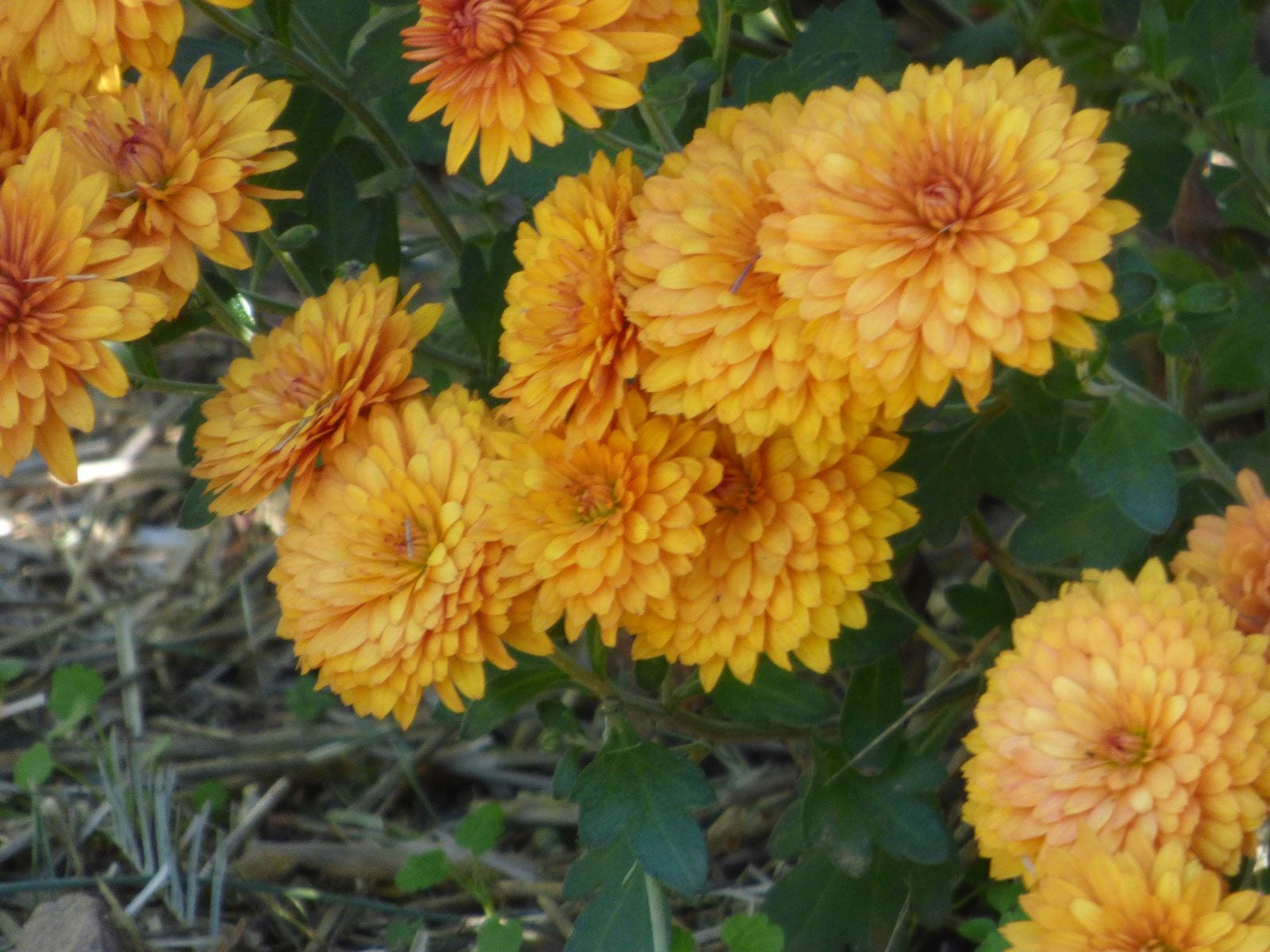

Plant Care & Gardening Tips
How To Fertilize Mums
Modified: March 2, 2024
Learn how to fertilize mums with our expert plant care and gardening tips. Discover the best fertilization techniques to keep your mums healthy and vibrant.
(Many of the links in this article redirect to a specific reviewed product. Your purchase of these products through affiliate links helps to generate commission for Storables.com, at no extra cost. Learn more)
Introduction
Fertilizing mums is a crucial aspect of nurturing these vibrant and resilient flowering plants. Mums, scientifically known as Chrysanthemums, are renowned for their stunning blooms and ability to thrive in various climates. To ensure that your mums flourish and produce an abundance of colorful flowers, it's essential to understand their nutritional requirements and provide them with the proper care. Fertilizing mums plays a pivotal role in sustaining their health and promoting robust growth, ultimately enhancing the visual appeal of your garden or outdoor space.
As a gardener, you have the opportunity to contribute to the vitality of your mums by implementing a well-rounded fertilization regimen. By delving into the intricacies of mums' nutritional needs and mastering the art of selecting and applying the right fertilizer, you can elevate the overall health and beauty of these beloved plants. This comprehensive guide will equip you with the knowledge and insights needed to effectively fertilize your mums, empowering you to cultivate a flourishing and picturesque garden that will be the envy of your neighborhood.
Fertilizing mums is not merely a routine task; it is an expression of care and dedication to the well-being of these remarkable plants. Through the judicious application of fertilizer, you can nurture mums to reach their full potential, yielding a bountiful display of blooms that will captivate onlookers and infuse your outdoor space with a vibrant and inviting ambiance. Join us as we embark on a journey to unravel the secrets of fertilizing mums, unlocking the key to fostering their vitality and enhancing the allure of your garden.
Key Takeaways:
- Fertilizing mums with the right nutrients at the right times helps them grow strong and produce beautiful blooms, creating a vibrant and inviting garden space.
- Choosing the best fertilizer and applying it carefully, along with mulching, watering, and pruning, ensures mums stay healthy and stunning throughout the seasons.
Read more: How To Pick Mums
Understanding Mums' Nutritional Needs
Mums, like all living organisms, require essential nutrients to thrive and flourish. Understanding their specific nutritional needs is fundamental to providing them with the care they require. These perennial plants have distinct requirements for macronutrients such as nitrogen (N), phosphorus (P), and potassium (K), as well as a range of micronutrients that are equally vital for their overall health.
Nitrogen is crucial for promoting lush, green foliage and robust stem growth in mums. It plays a pivotal role in the plant's photosynthesis process, aiding in the production of chlorophyll and the assimilation of energy from sunlight. Phosphorus is essential for root development and overall plant vigor, contributing to the formation of strong root systems and facilitating the transfer of energy throughout the plant. Potassium, on the other hand, is integral to mums' ability to withstand environmental stressors, such as extreme temperatures and diseases, while also promoting flower production and enhancing bloom quality.
In addition to these primary macronutrients, mums also require a range of micronutrients, including iron, manganese, zinc, and others, albeit in smaller quantities. These micronutrients are indispensable for various physiological processes within the plant, such as enzyme activation, chlorophyll synthesis, and overall metabolic functions. A deficiency in any of these micronutrients can impede the plant's growth and lead to visible signs of nutrient stress, such as yellowing leaves or stunted growth.
Understanding the intricate nutritional needs of mums empowers gardeners to make informed decisions when selecting fertilizers and devising a fertilization schedule. By ensuring that mums receive a balanced blend of macronutrients and micronutrients, you can effectively support their growth, resilience, and ability to produce an abundance of vibrant blooms. This understanding serves as the foundation for providing mums with the optimal care they need to thrive and adorn your garden with their resplendent beauty.
Choosing the Right Fertilizer
Selecting the right fertilizer is a pivotal decision that directly impacts the health and vitality of your mums. With a myriad of options available, it's essential to choose a fertilizer that aligns with the specific nutritional requirements of these resilient flowering plants. When perusing the vast array of fertilizers, it's crucial to consider the formulation, nutrient content, and application method to make an informed choice that will optimize the growth and blooming potential of your mums.
1. Balanced Formulation: Opt for a balanced fertilizer with an N-P-K (nitrogen, phosphorus, and potassium) ratio tailored to the needs of mums. A balanced formulation, such as 10-10-10 or 20-20-20, provides mums with a comprehensive blend of essential nutrients, promoting overall health, robust growth, and prolific flowering.
2. Slow-Release Fertilizer: Consider utilizing slow-release fertilizers, which gradually supply nutrients to the mums over an extended period. This gradual release ensures a steady and sustained provision of essential nutrients, minimizing the risk of over-fertilization and reducing the frequency of application.
3. Organic Options: For those inclined towards organic gardening practices, organic fertilizers offer a natural and sustainable approach to nourishing mums. Organic fertilizers, derived from natural sources such as compost, manure, or bone meal, enrich the soil with vital nutrients while fostering long-term soil health and microbial activity.
4. Micronutrient-Rich Fertilizers: Mums benefit from fertilizers enriched with micronutrients, including iron, manganese, zinc, and others. These micronutrients play a pivotal role in supporting various physiological processes within the plant, ensuring optimal growth, resilience, and vibrant bloom production.
5. Water-Soluble Fertilizers: Water-soluble fertilizers provide a convenient and efficient means of delivering nutrients to mums. These fertilizers can be easily dissolved in water and applied directly to the soil, facilitating rapid nutrient uptake by the plants and promoting vigorous growth and abundant flowering.
By carefully considering these factors and selecting a fertilizer that aligns with the specific nutritional needs of mums, you can lay the foundation for their sustained health and vitality. The right fertilizer serves as a catalyst for nurturing mums to reach their full potential, adorning your garden with a profusion of captivating blooms and vibrant foliage.
When and How to Apply Fertilizer
Fertilizing mums at the appropriate times and employing the correct application methods is essential to maximize the efficacy of the fertilizer and promote the overall health and blooming potential of these resilient plants. Understanding the optimal timing and techniques for fertilizer application empowers gardeners to provide mums with the precise care they require to thrive and flourish.
Timing
Early Spring: As mums emerge from dormancy in early spring, it marks an opportune time to initiate the fertilization process. Applying a balanced, slow-release fertilizer at this stage provides mums with the essential nutrients needed to fuel their initial growth spurt and establish a strong foundation for the upcoming blooming season.
Mid-Spring: A second round of fertilization in mid-spring further bolsters the mums' nutrient reserves, supporting robust stem development and ensuring the plants are well-equipped to channel their energy into flower bud formation. This additional dose of fertilizer contributes to the overall vigor and resilience of the mums, setting the stage for a spectacular display of blooms.
Post-Blooming Period: After the mums have completed their blooming cycle, a final round of fertilization can be administered to replenish the plants' nutrient stores and fortify them for the upcoming dormant phase. This post-blooming fertilization aids in replenishing the mums' energy reserves, preparing them for the subsequent growth and blooming cycles.
Read more: Mums: How To Grow
Application Methods
Surface Application: When applying granular fertilizers, evenly distribute the fertilizer on the soil surface surrounding the mums, ensuring that it is spread out to cover the entire root zone. Gently work the fertilizer into the top layer of soil using a rake or hand tool, taking care not to disturb the mums' root systems.
Watering-In: Water-soluble fertilizers can be dissolved in water and applied directly to the soil around the mums. This method facilitates rapid nutrient uptake by the plants, as the dissolved fertilizer is readily absorbed by the roots, promoting swift assimilation and utilization of the essential nutrients.
Avoid Foliar Feeding: While foliar feeding involves applying fertilizer directly to the leaves of plants, it is generally not recommended for mums. These plants primarily benefit from root uptake of nutrients, and foliar feeding may lead to nutrient imbalances or potential leaf damage.
By adhering to these recommended timing and application methods, gardeners can ensure that mums receive the optimal nourishment needed to thrive and produce an abundance of vibrant blooms. This strategic approach to fertilizer application aligns with the natural growth cycles of the mums, harnessing the power of nutrients to bolster their resilience and enhance their ornamental appeal.
When fertilizing mums, use a balanced fertilizer with equal parts of nitrogen, phosphorus, and potassium. Apply the fertilizer every 2-4 weeks during the growing season, following the instructions on the package.
Additional Tips for Fertilizing Mums
-
Soil Testing: Conducting a soil test before the growing season can provide valuable insights into the nutrient composition and pH levels of the soil. This information enables gardeners to make informed decisions regarding the type and quantity of fertilizer needed to rectify any deficiencies and create an optimal growing environment for mums.
-
Mulching: Applying a layer of organic mulch around the base of mums serves as a multifaceted strategy for enhancing their overall health. Mulch helps conserve soil moisture, suppresses weed growth, and gradually enriches the soil as it decomposes, contributing to the long-term fertility of the planting area.
-
Watering Practices: Consistent and adequate watering is essential to ensure that mums can effectively absorb and utilize the nutrients provided by the fertilizer. Maintaining a balanced watering regimen, avoiding waterlogged or parched conditions, supports the mums' capacity to benefit from the applied fertilizers and promotes healthy growth.
-
Pruning and Deadheading: Regular pruning and deadheading of spent blooms not only maintain the aesthetic appeal of mums but also redirect the plant's energy towards new growth and flower production. By removing faded flowers and trimming back leggy growth, gardeners can encourage mums to allocate their resources towards robust foliage and prolific blooming.
-
Seasonal Adjustments: Tailoring the fertilization schedule to align with the seasonal demands of mums is crucial for optimizing their growth and blooming potential. Adjusting the frequency and formulation of fertilizers based on the plant's growth stages and environmental conditions ensures that mums receive targeted nourishment at key developmental phases.
-
Avoid Over-Fertilization: While providing adequate nutrients is essential, over-fertilization can have detrimental effects on mums, leading to excessive foliage growth at the expense of blooms or an imbalance in nutrient uptake. Adhering to recommended application rates and avoiding excessive fertilization safeguards the mums' overall health and prevents potential nutrient imbalances.
-
Observation and Adaptation: Regular observation of the mums' growth, foliage color, and blooming patterns provides valuable cues regarding their nutritional status. Gardeners can adapt their fertilization approach based on the plant's response, making adjustments to the fertilizer type or application frequency to address any signs of nutrient deficiencies or excesses.
By integrating these additional tips into your fertilization practices, you can elevate the care provided to mums, fostering their resilience, vitality, and ornamental beauty. These strategies complement the core principles of fertilizing mums, enriching the overall gardening experience and nurturing mums to thrive in their natural splendor.
Frequently Asked Questions about How To Fertilize Mums
Was this page helpful?
At Storables.com, we guarantee accurate and reliable information. Our content, validated by Expert Board Contributors, is crafted following stringent Editorial Policies. We're committed to providing you with well-researched, expert-backed insights for all your informational needs.
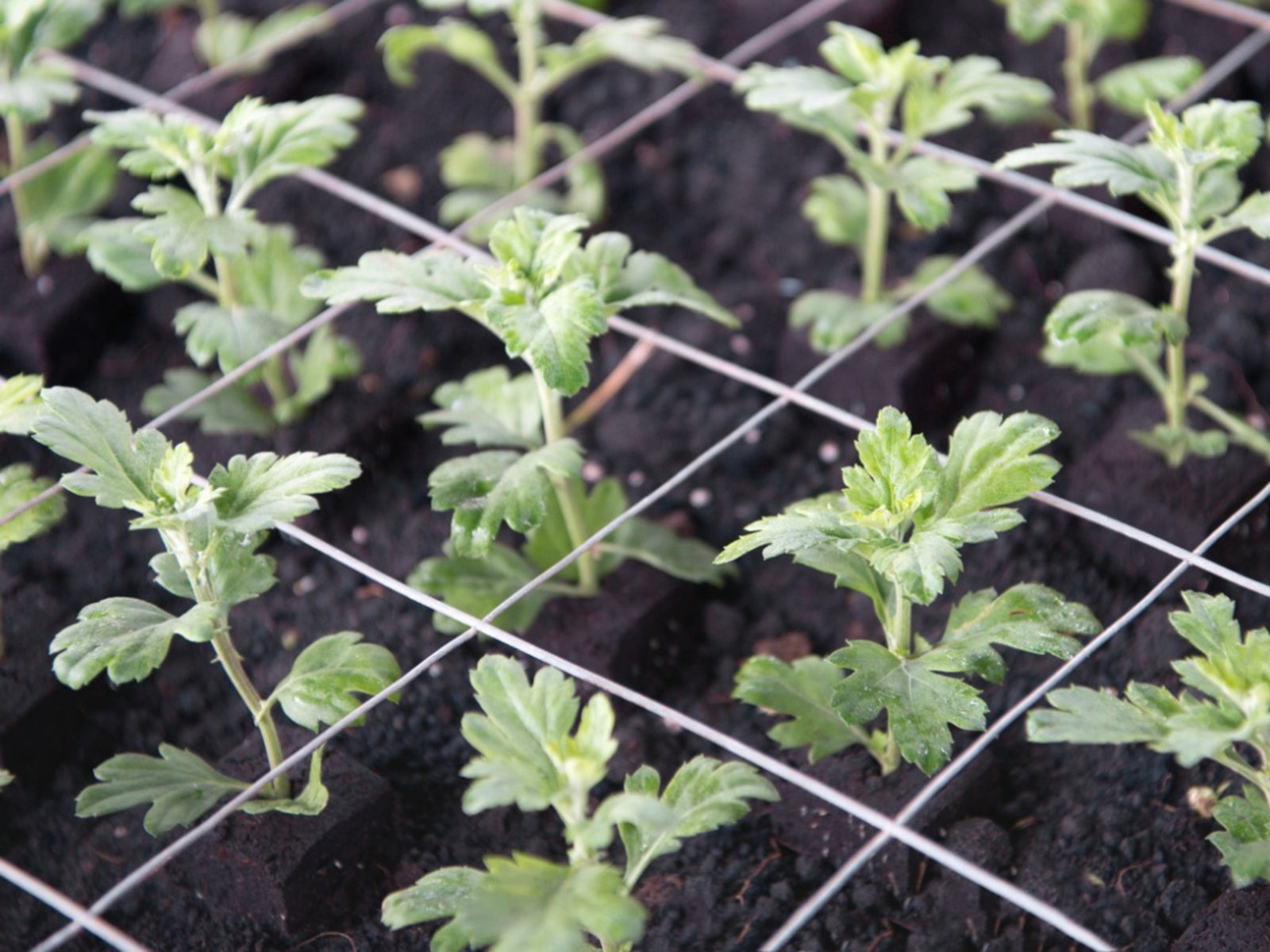

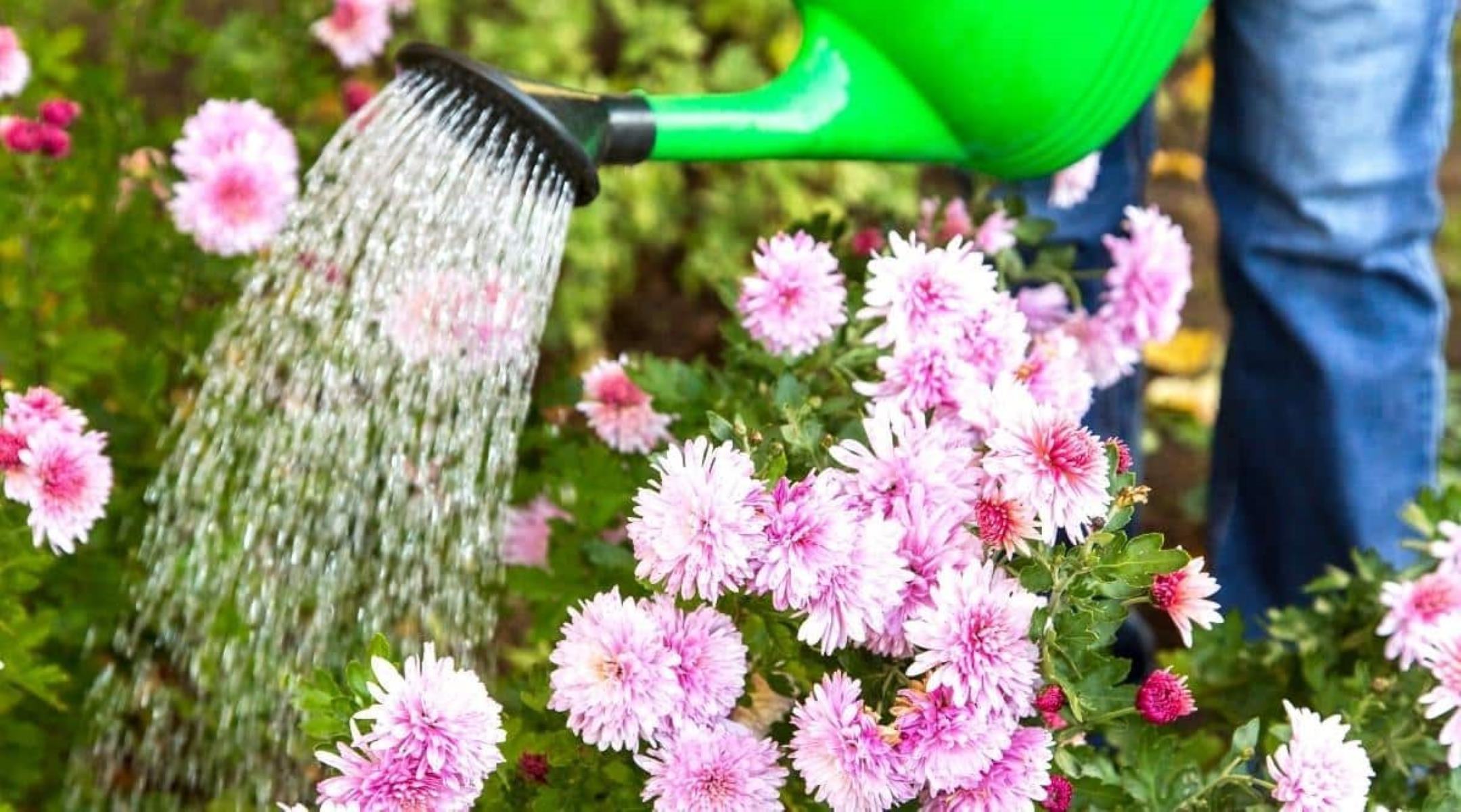
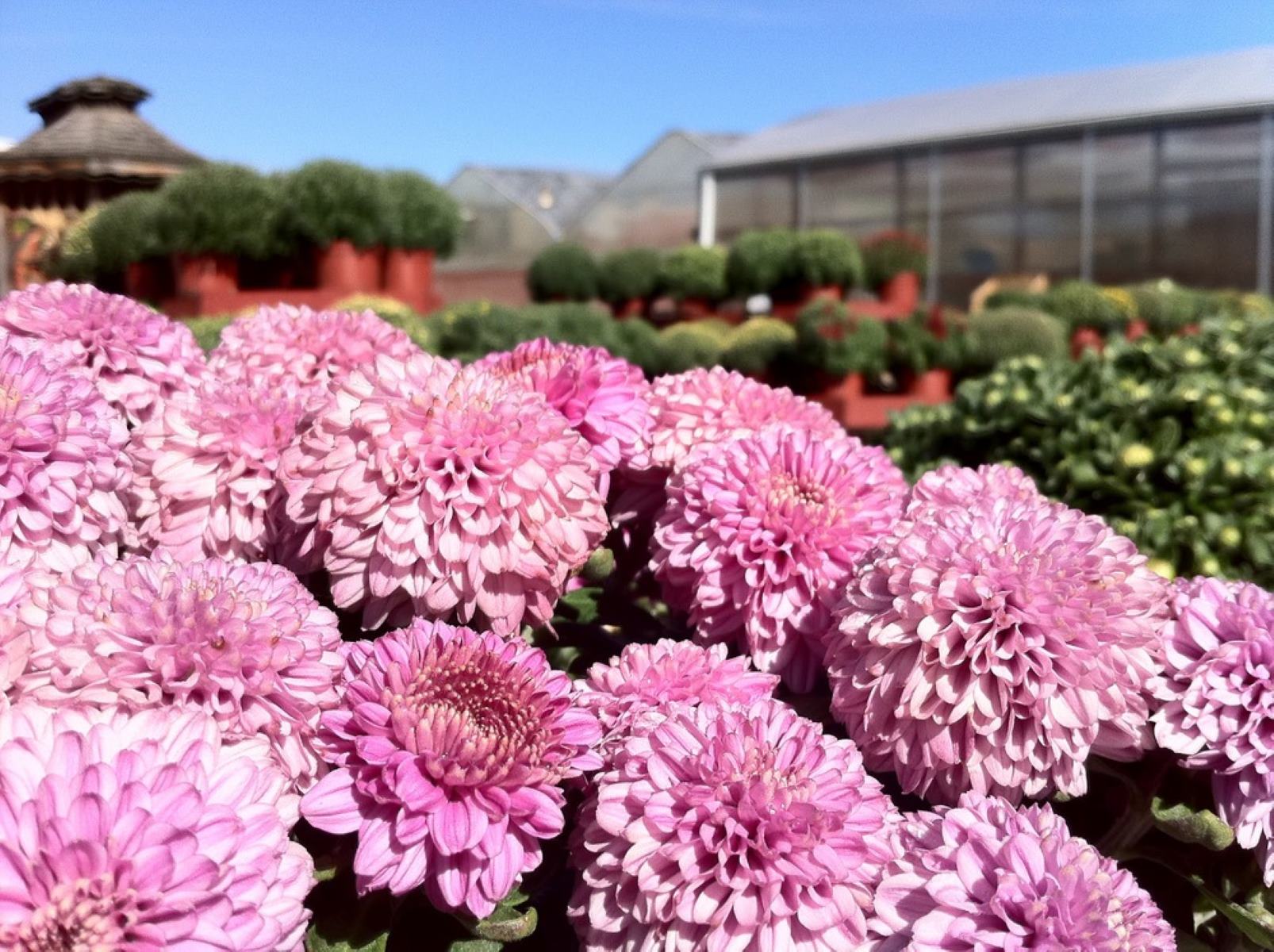

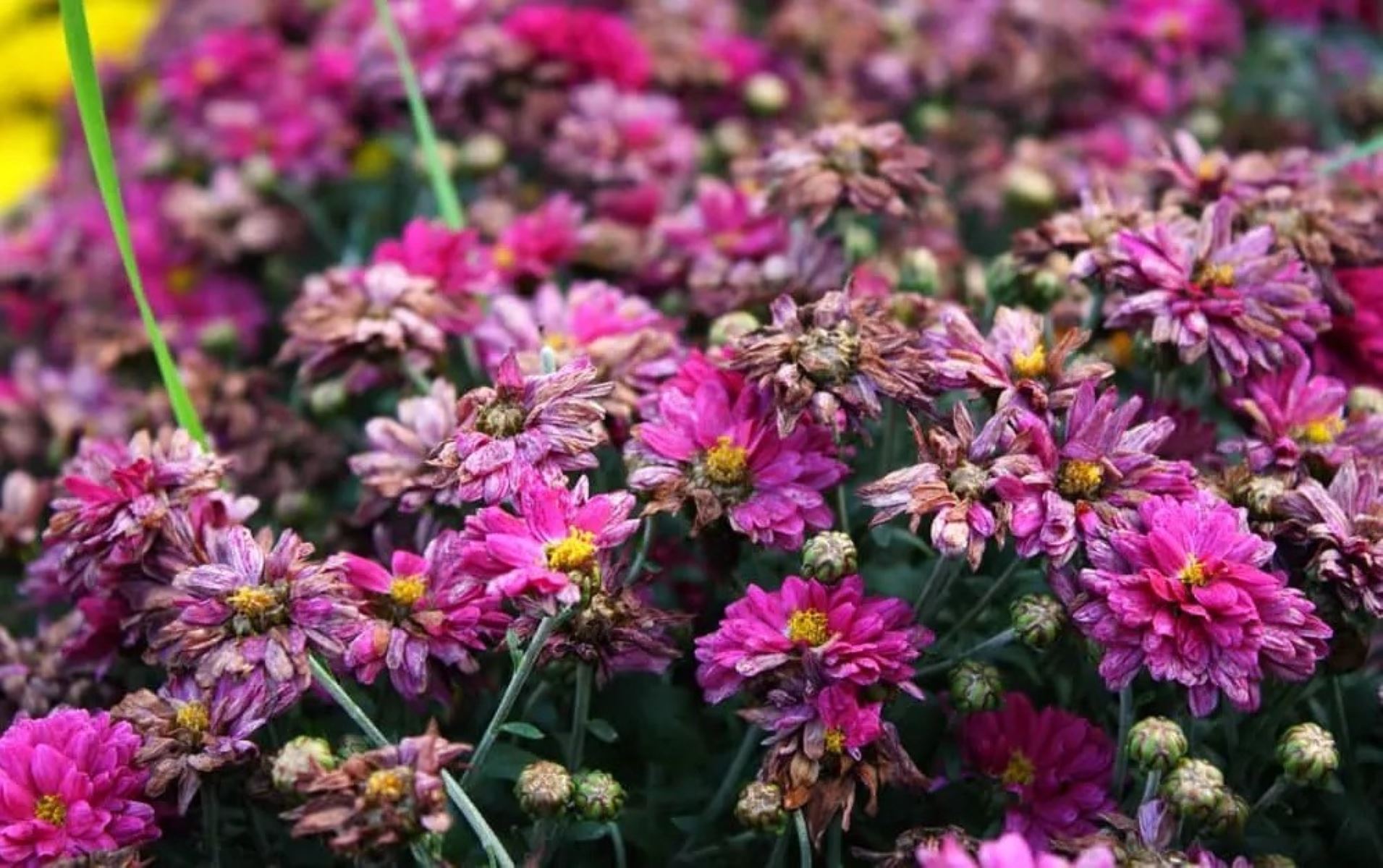


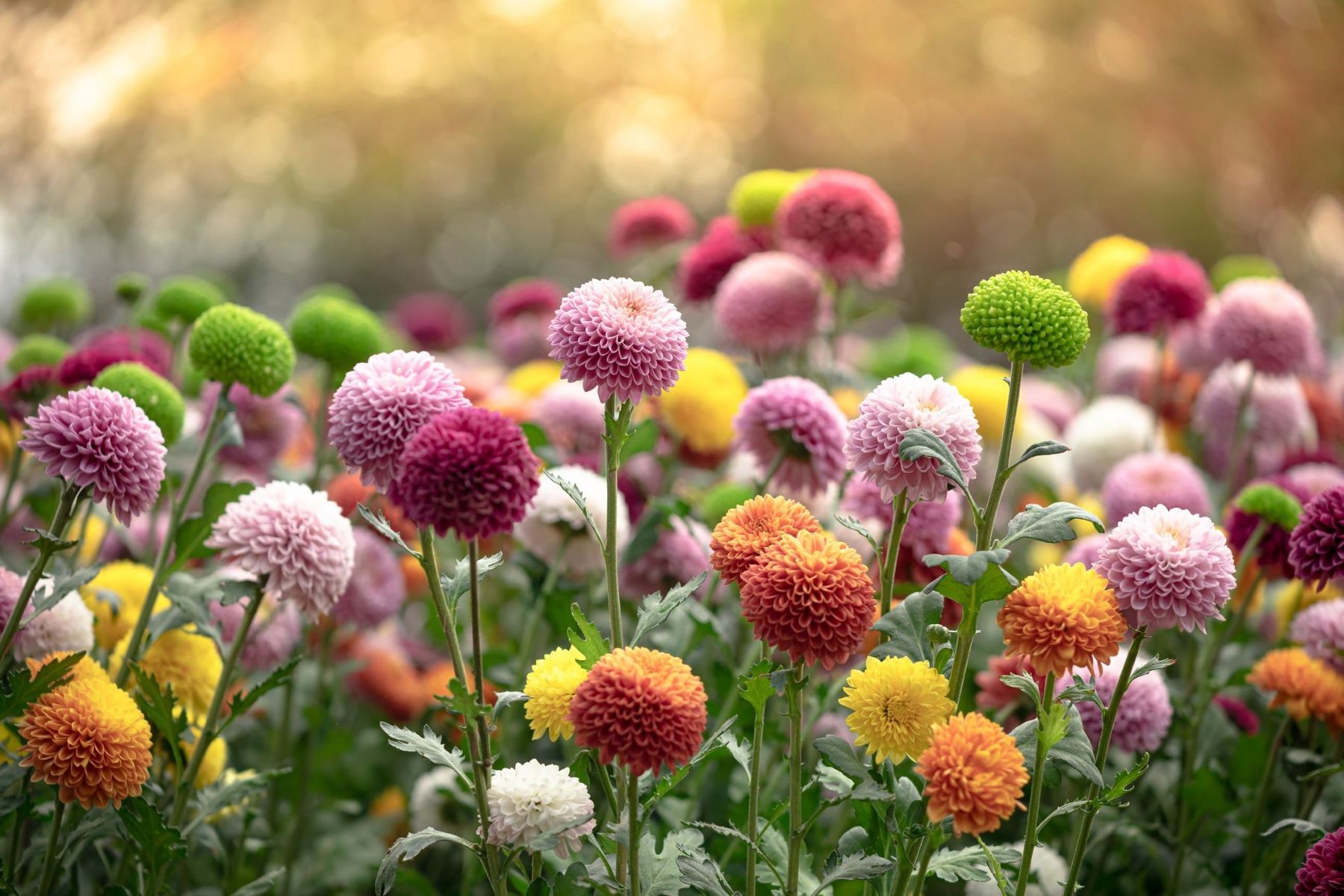
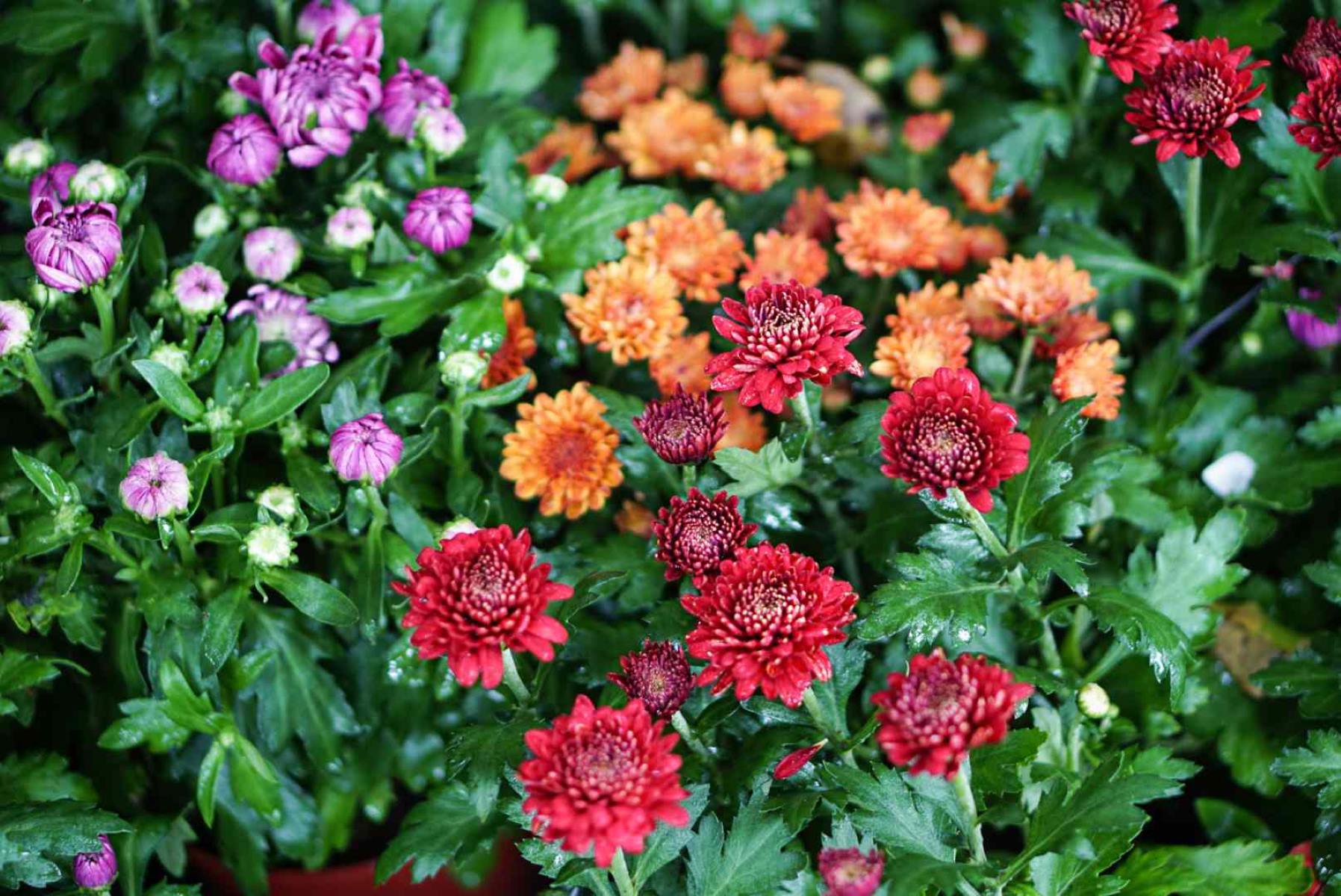
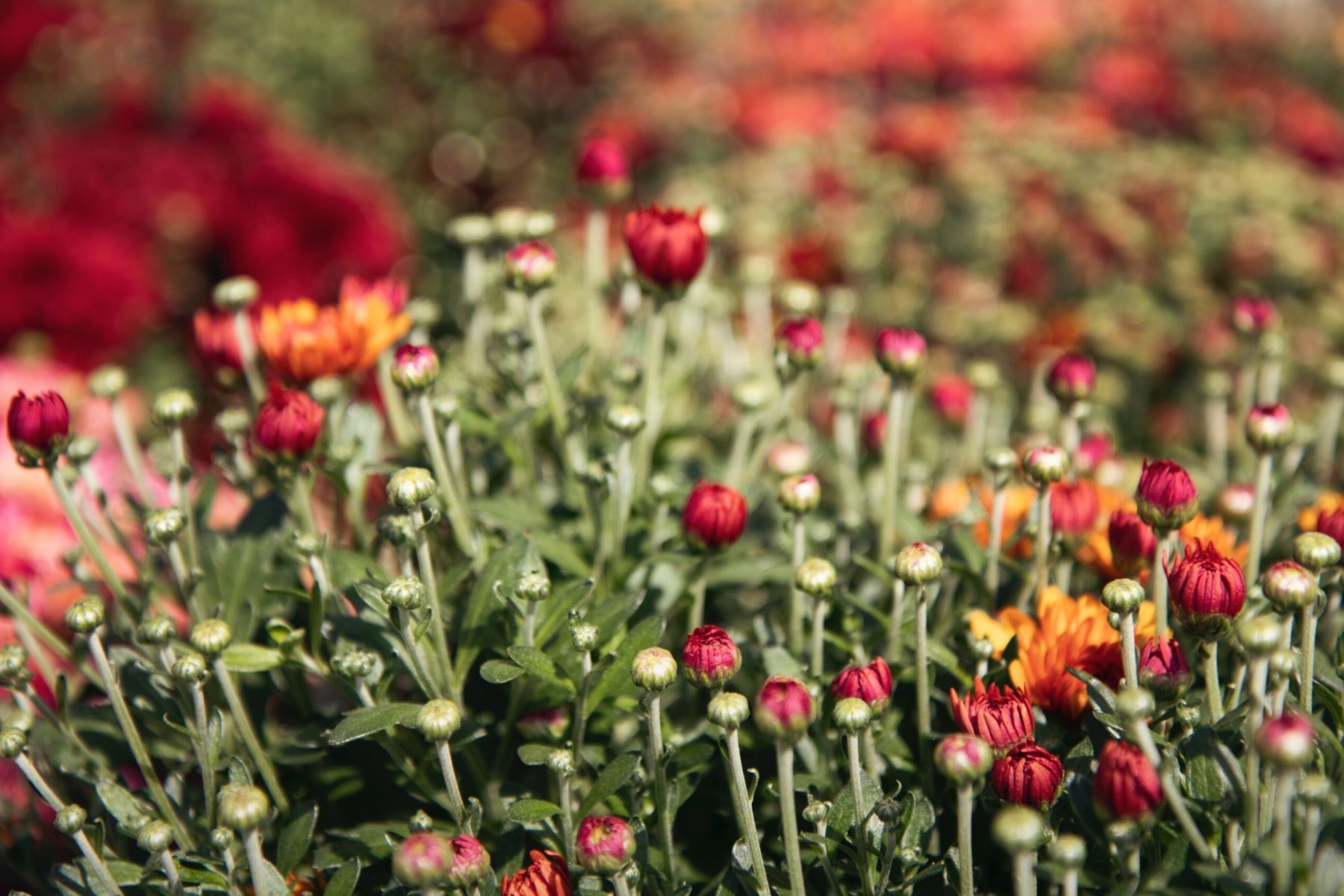
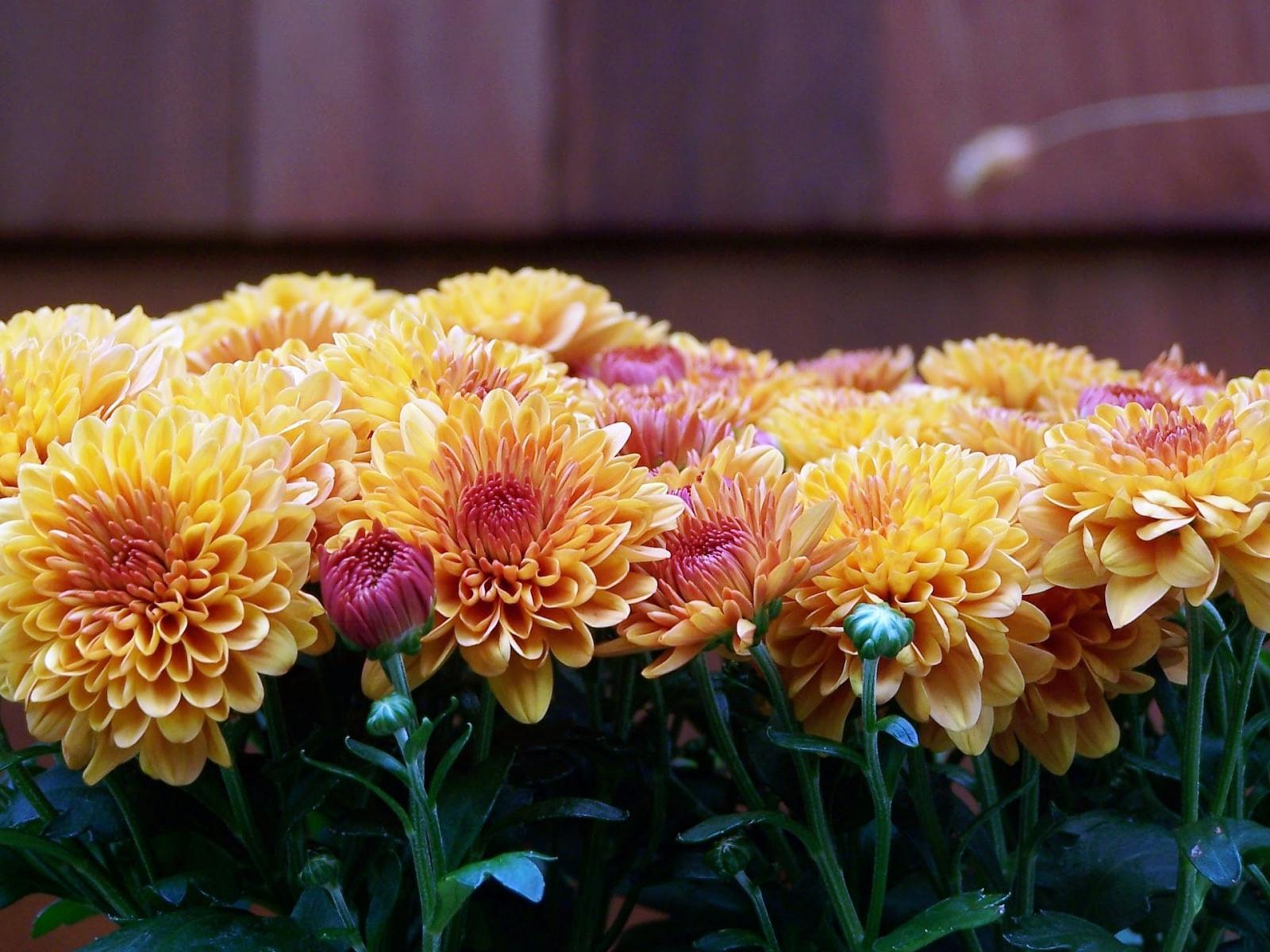
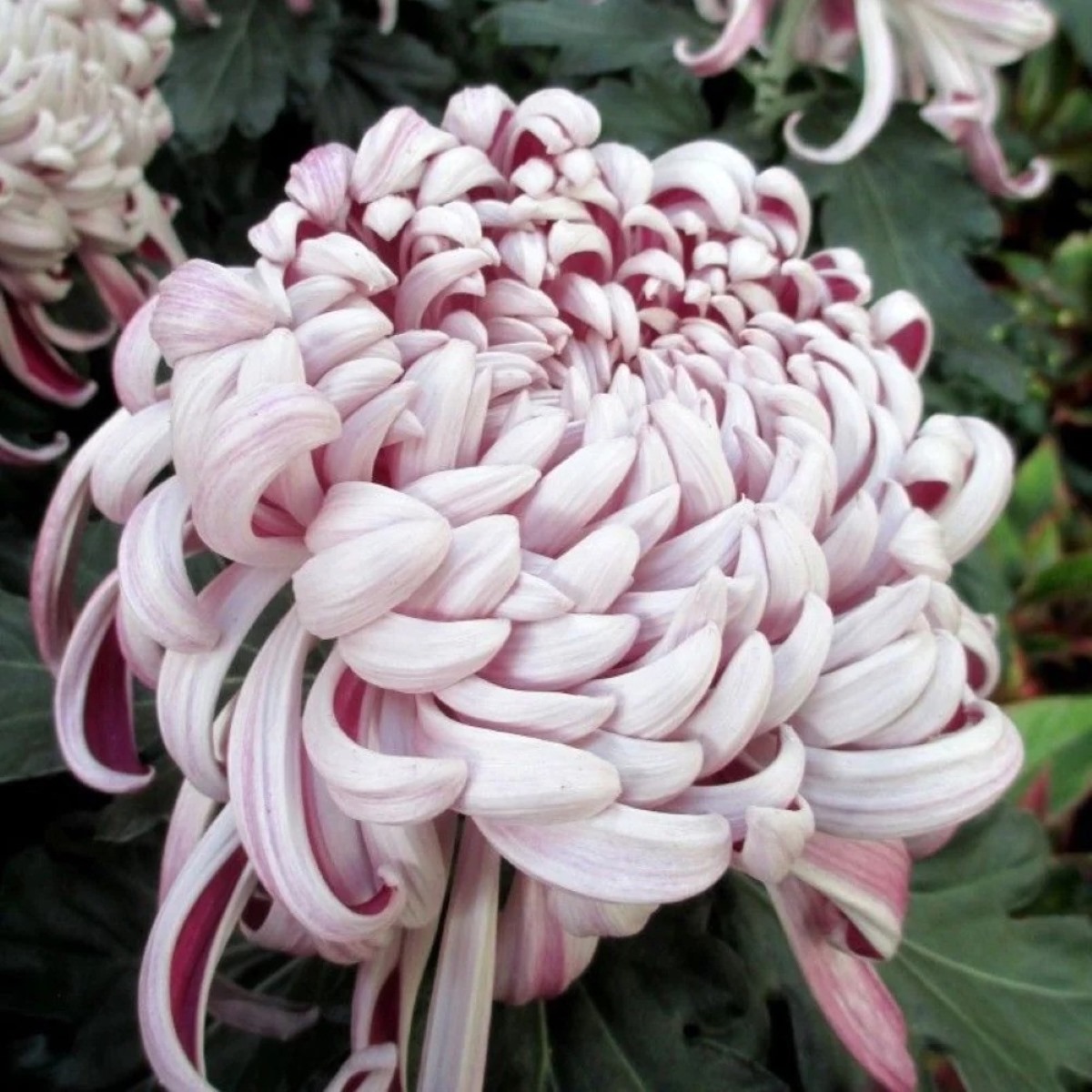


0 thoughts on “How To Fertilize Mums”